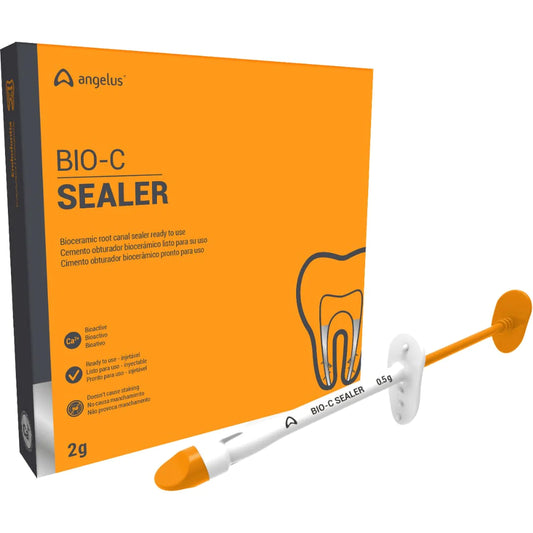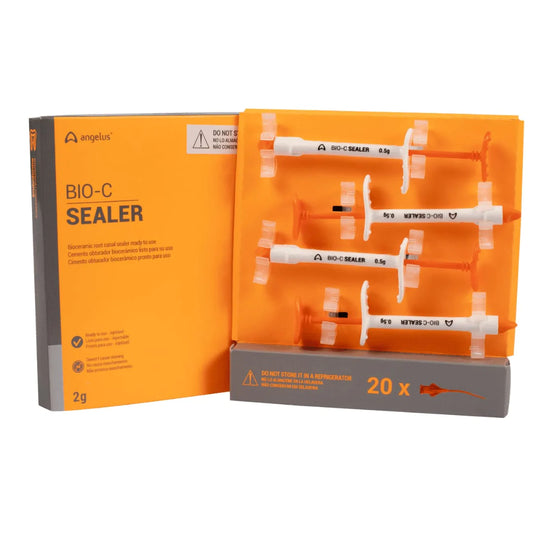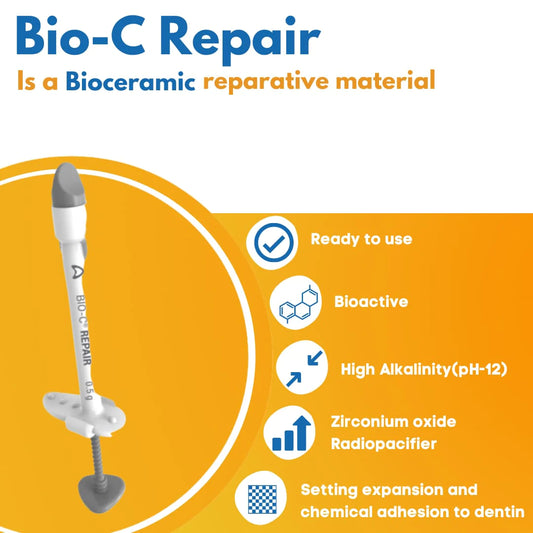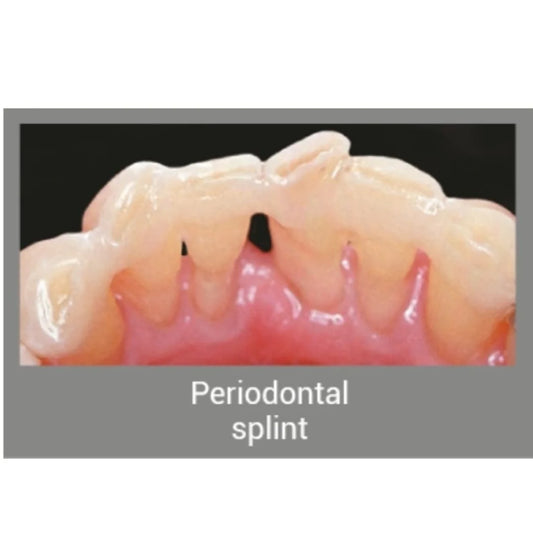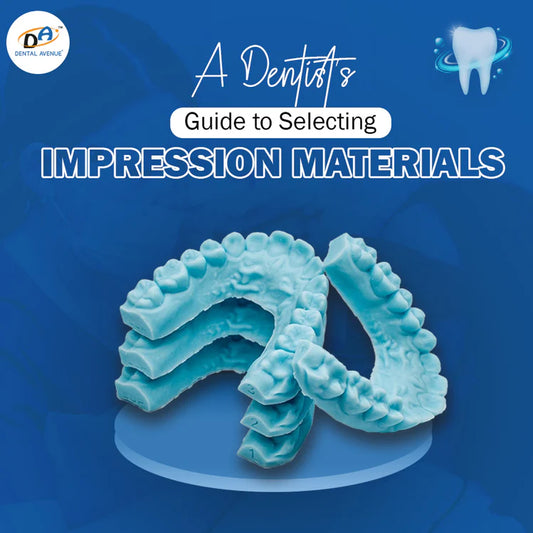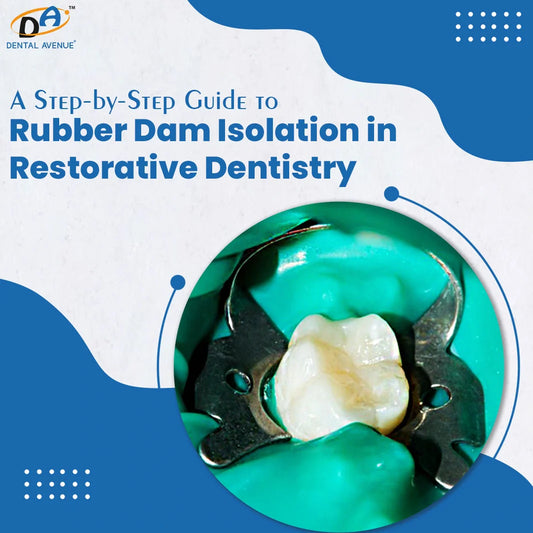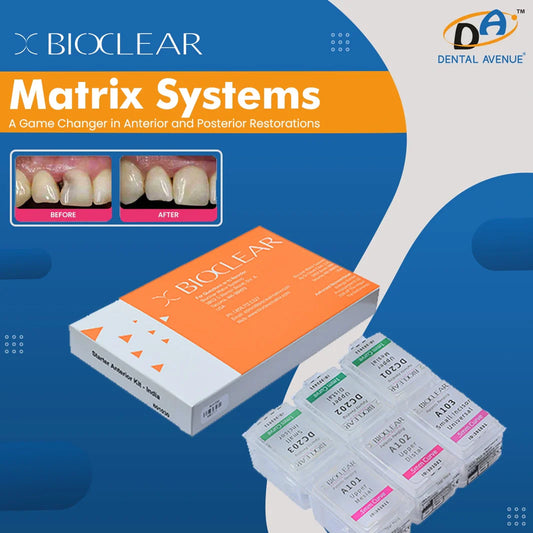Introduction: Welcome to the Age of Smart Imaging
Digital radiography isn’t just a tech upgrade — it’s a clinical revolution. In today’s fast-paced dental practices, time, accuracy, and efficiency matter more than ever. Gone are the days of waiting for films to develop or wrestling with unclear images.
Instead, AI-enhanced diagnostics, wireless sensors, and cloud-based image access are redefining how dentists plan, diagnose, and treat. From sharper diagnosis to eco-friendly workflows, this guide unpacks why digital X-rays are now the backbone of modern dental equipment and diagnostics..
What Is Digital Radiography?
Digital radiography is a form of X-ray imaging where digital sensors replace traditional photographic film. The images are instantly processed and can be viewed on a computer, often within seconds of exposure.
The principle of digital radiography involves converting X-ray energy into electrical signals using digital detectors. These signals are processed into a digital image, which is then stored and viewed on a computer.
In dentistry, digital dental X-rays are used to examine tooth roots, bone levels, caries, and oral pathologies — all with less radiation and more diagnostic accuracy.
Types of Digital Radiography Systems
Digital radiography systems can be broadly classified into:
-
Direct Digital Radiography (DR)
– Uses electronic sensors to capture images directly to a monitor.
– Instant image viewing.
– Higher resolution.
Example: RVG-RadioVisioGraphy -
Computed Radiography (CR)
– Uses photostimulable phosphor (PSP) plates instead of film.
– Requires a scanner to digitise the image.
– More affordable than DR, but slightly slower.
These systems work alongside other diagnostic tools such as dental instruments list and basic dental equipment to ensure comprehensive case assessment.
Components of a Digital Radiography System
-
X-ray Source – Generates the beam. No major change from conventional setups.
-
Digital Sensor/Detector – Replaces film; could be CCD, CMOS, or PSP-based.
-
Analogue-to-Digital Converter (ADC) – Converts a signal into a digital image.
-
Imaging Software – For enhancement, measurement, storage, and diagnosis.
-
PACS (Picture Archiving and Communication System) – For storage and sharing.
Recommended Read - Tooth Filling Materials: Clinical Uses of Composite, GIC, Amalgam & Temporary Fillings
Clinical Applications in Dentistry
Digital dental X-rays are widely used for:
-
Caries detection (interproximal and recurrent)
-
Periodontal bone loss measurement
-
Endodontic length determination with endo rotary files and endodontic files
-
Implant planning with CBCT
-
Orthodontic assessment
-
Oral pathology and TMJ disorders
For better sealing and post-op results, pairing diagnostics with root canal sealer material ensures long-term success.
Digital radiography improves case presentation, treatment planning, and patient education, making it an essential diagnostic tool.
Benefits of Digital Radiography
|
Benefit |
Description |
|
High image clarity |
Up to 20+ lp/mm resolution |
|
Instant results |
No developing or waiting |
|
Image enhancement |
Zoom, contrast, colourisation |
|
Lower radiation dose |
Up to 80% less than film |
|
Eco-friendly |
No chemicals or waste film |
|
Digital storage & sharing |
Easy documentation, integration with EMRs |
Disadvantages
|
Limitation |
Description |
|
High initial cost |
Equipment and software can be expensive |
|
Learning curve |
Requires training for optimal use |
|
Sensor fragility |
Intraoral sensors can be delicate and costly to replace |
|
Tech dependence |
Downtime if the system crashes |
Digital X-ray vs Normal X-ray: Comparison Table
|
Feature |
Digital X-ray |
Conventional X-ray |
|
Processing Time |
Instant |
Several minutes |
|
Radiation Dose |
Lower |
Higher |
|
Image Storage |
Digital / Cloud |
Physical film |
|
Eco-friendliness |
No chemicals |
Uses developer/fixer |
|
Image Enhancement |
Yes |
No |
|
Cost |
Higher initial, lower running |
Lower setup, higher recurring |
Recent Advances in Digital Radiography: What’s Changing the Game
Digital radiography in dentistry isn’t just evolving — it’s leapfrogging into the future.
AI-Enhanced Diagnostics
Artificial Intelligence is transforming diagnostic accuracy:
-
Early detection of caries, bone loss, and periapical lesions
-
Predictive modelling for disease progression
-
Personalized treatment plans
Pabbati RK, Tadakamadla SK, Kumar A, Talati A, Doppalapudi R. Evaluation of marginal adaptation and fracture strength of monolithic zirconia crowns fabricated by conventional and 3D printing techniques: An in vitro study. Int J Maxillofac Imaging. 2024;10(2):66-72. doi:10.25259/IJMI_27_2024. Accessed July 15, 2025.
Wireless Sensors
-
Greater ergonomic comfort
-
Real-time transmission to chairside monitors
-
Ideal for pediatric and geriatric patients
High-Resolution Sensors
-
20+ lp/mm resolution for better detail recognition
-
Improves accuracy in complex diagnostics
Recommended Read - Composite vs. Amalgam Fillings: Which Is Better for Patients
Cloud-Based PACS Systems
-
Remote consultations and faster collaboration
-
Secure digital record storage with multi-clinic access
AI + 3D CBCT for Implant Planning
-
Automatically identifies anatomical landmarks
-
Calculates optimal implant angles and depths
-
Reduces surgical complications
Virtual Articulators & Simulation
-
Simulates dynamic occlusion in 3D
-
Helps in full-mouth rehab and esthetic smile designs
-
Used for precise pre-prosthetic planning
Final Thoughts: Why Digital Radiography Matters
Digital radiography isn’t just about clearer images—it’s about better decisions, faster diagnoses, and safer patient care. With AI integration, cloud sharing, and precision-guided imaging, the shift from traditional radiology is more than a tech upgrade—it’s a diagnostic evolution.
Clinicians who embrace these innovations not only improve patient outcomes but also future-proof their practices.

